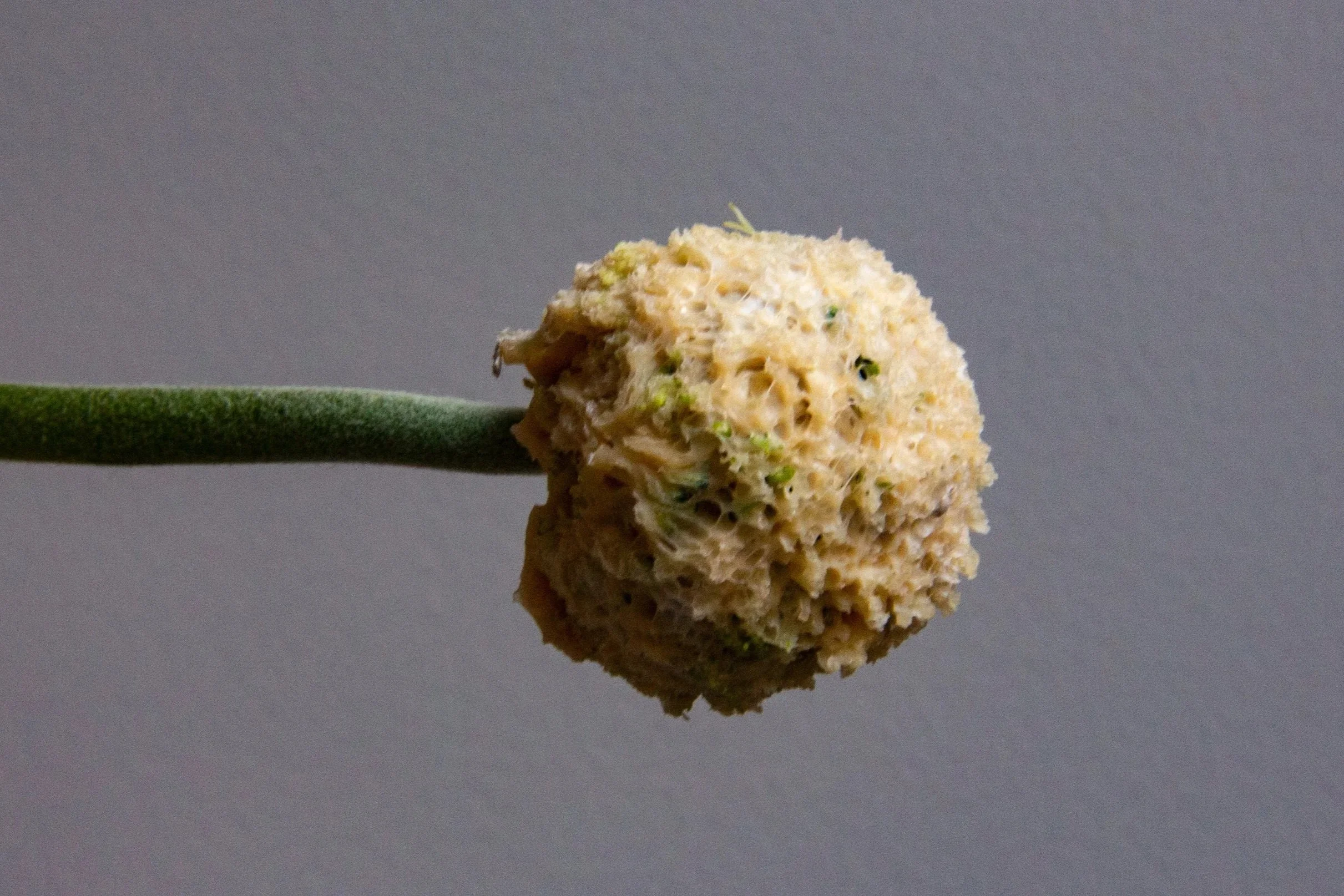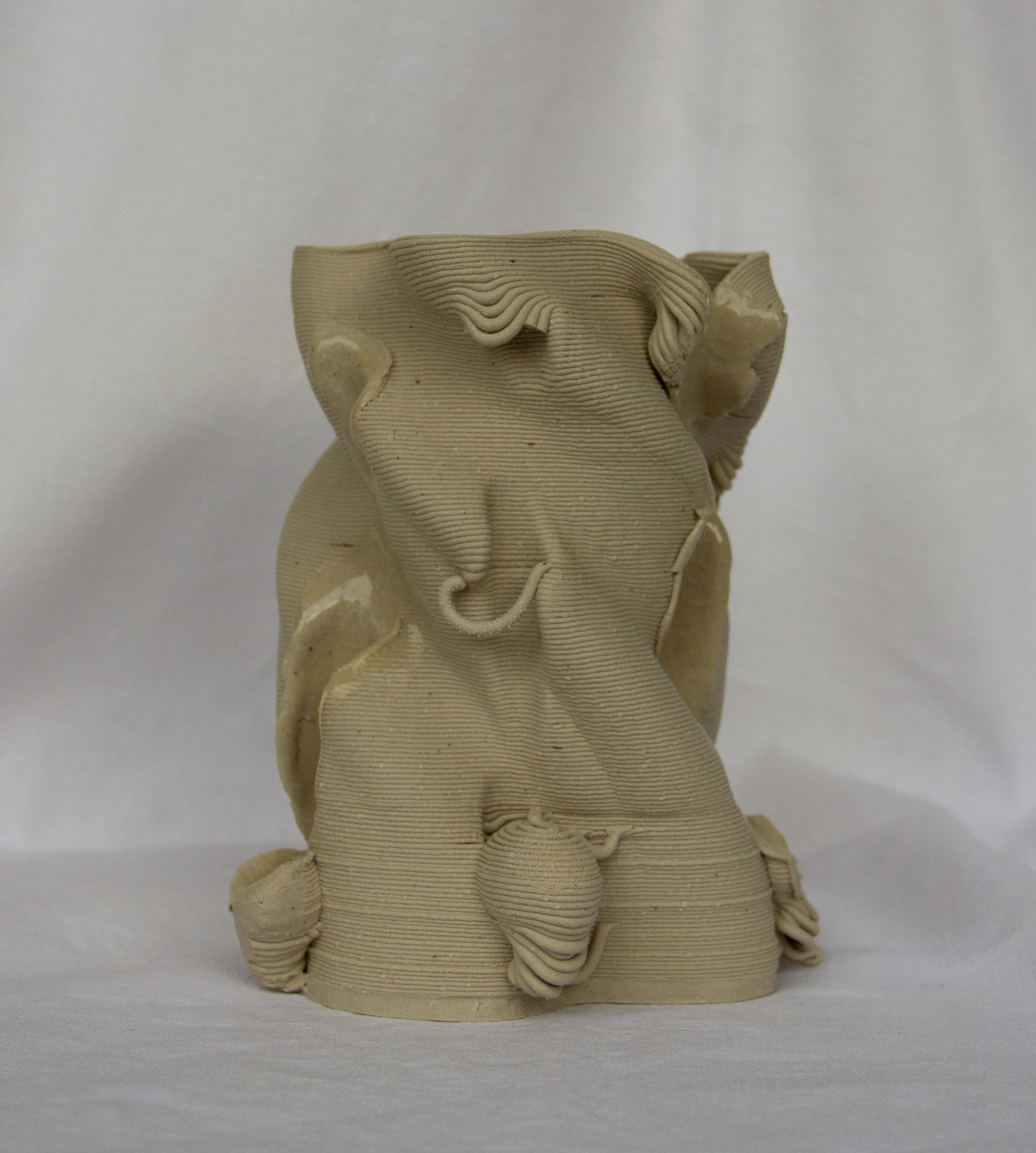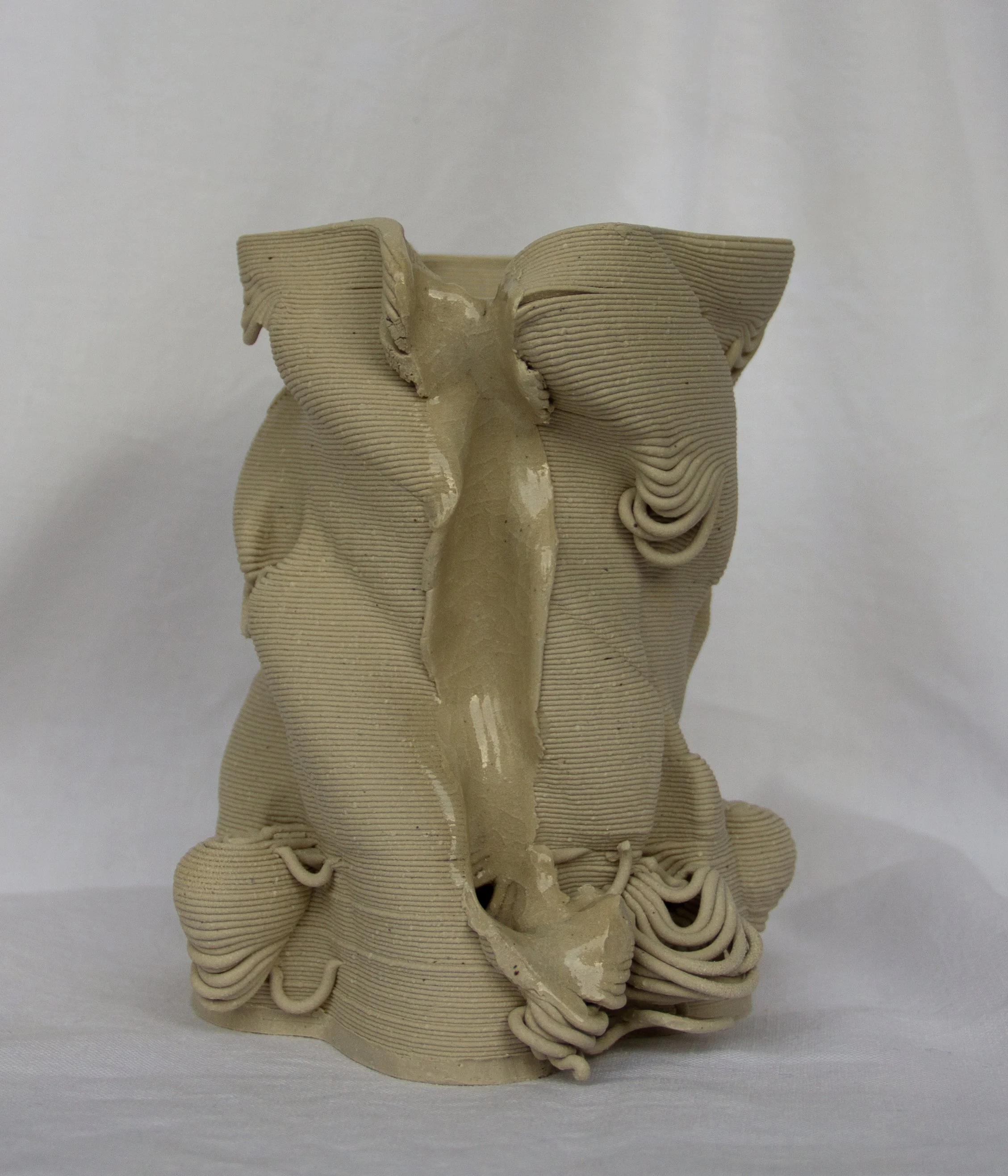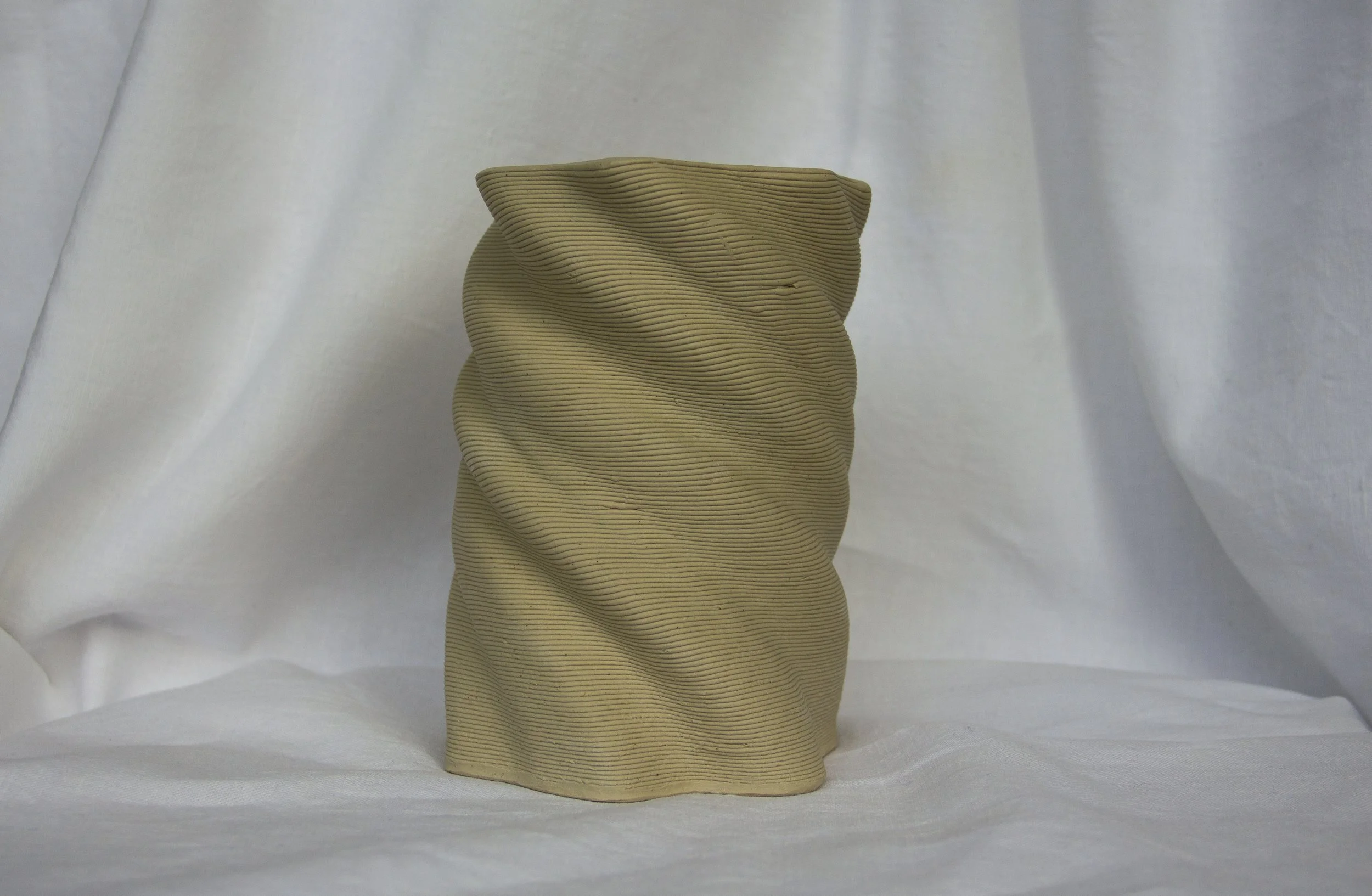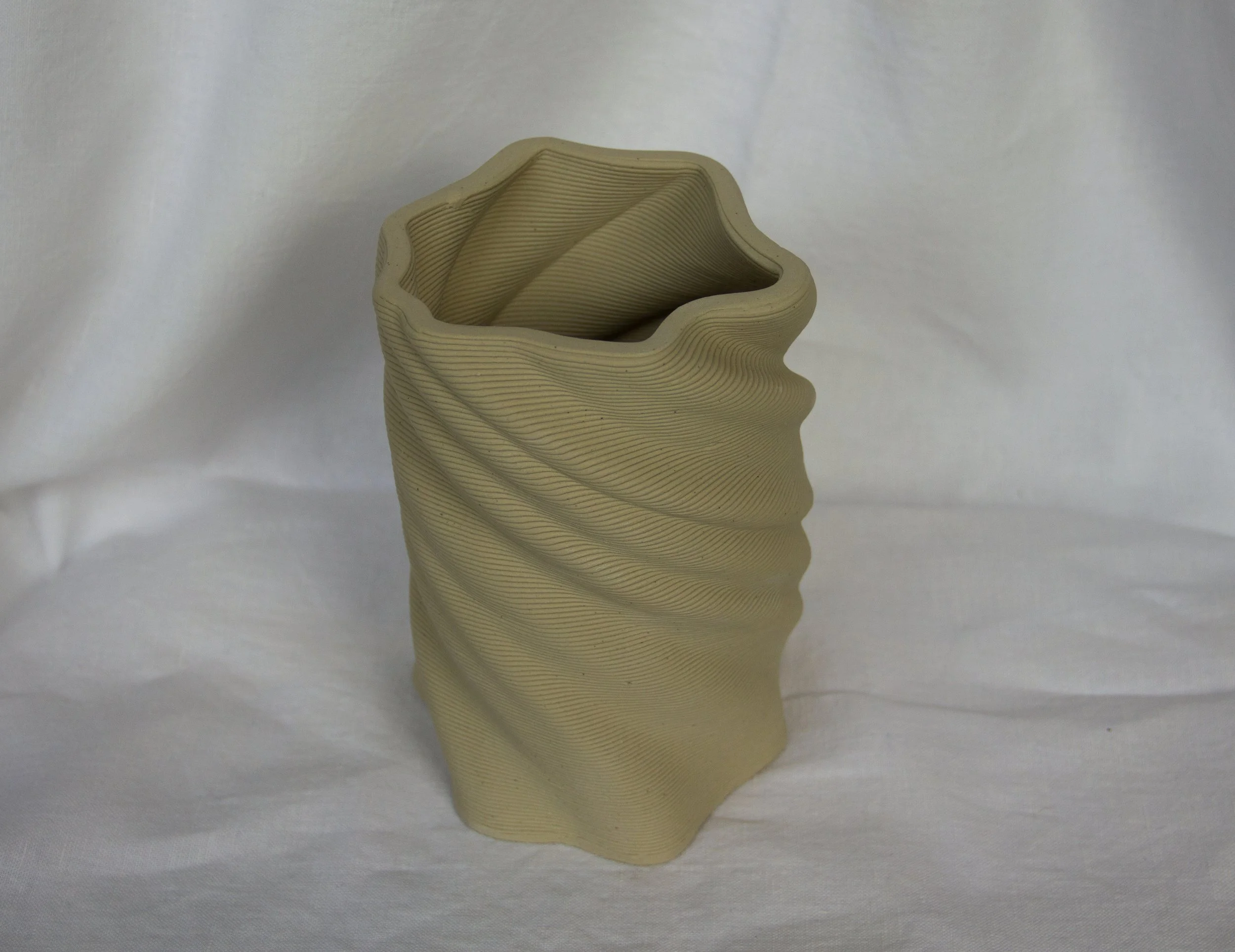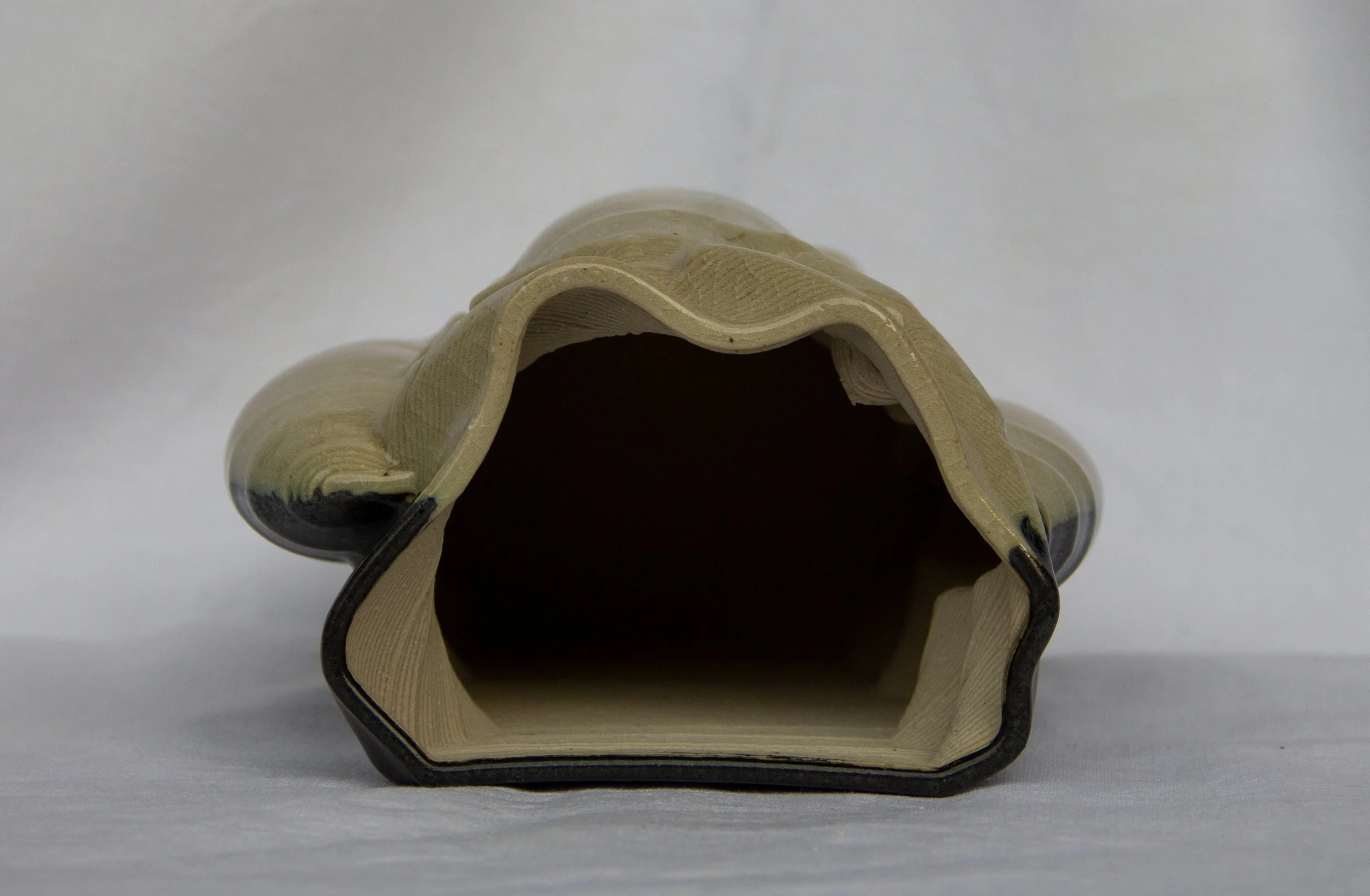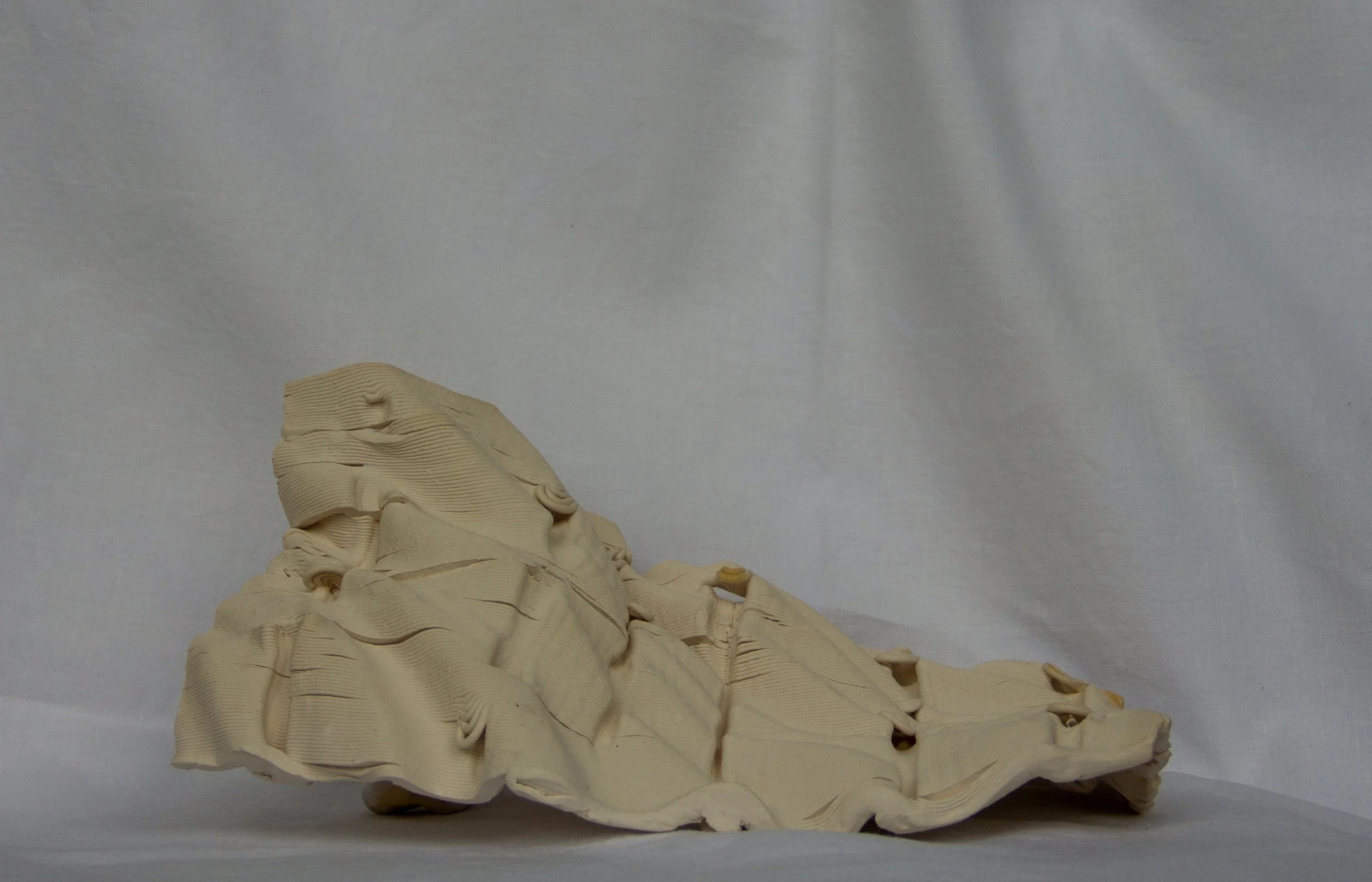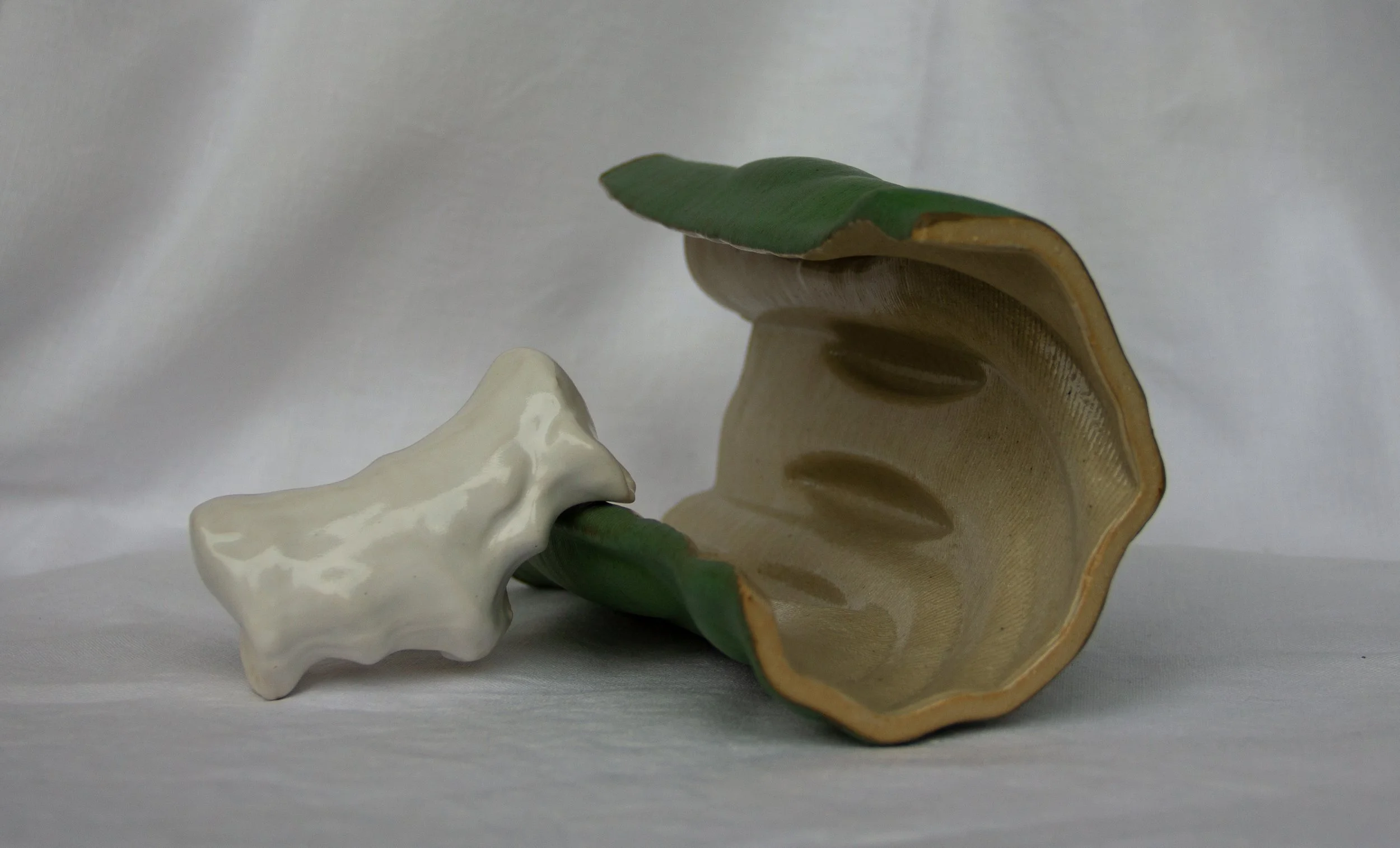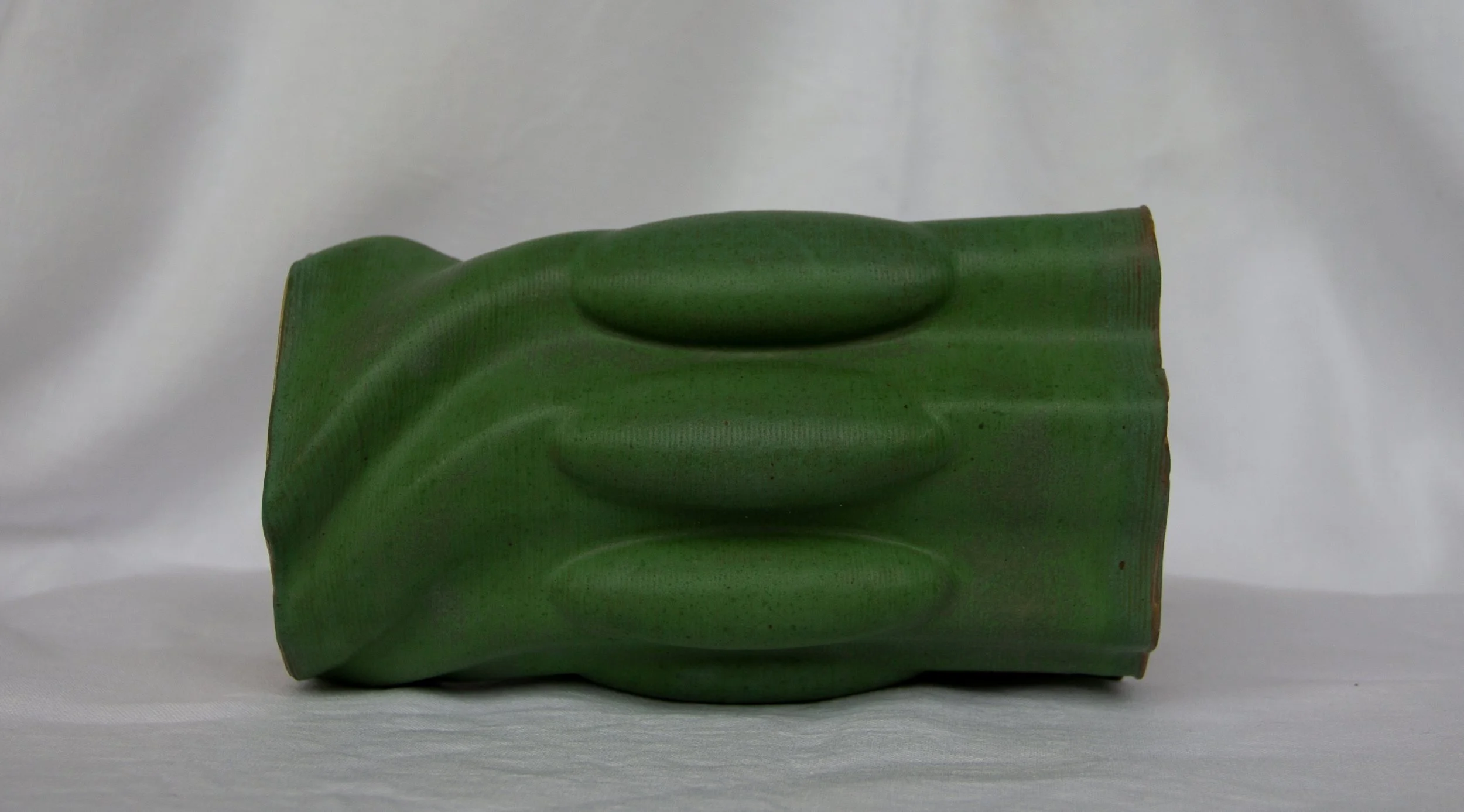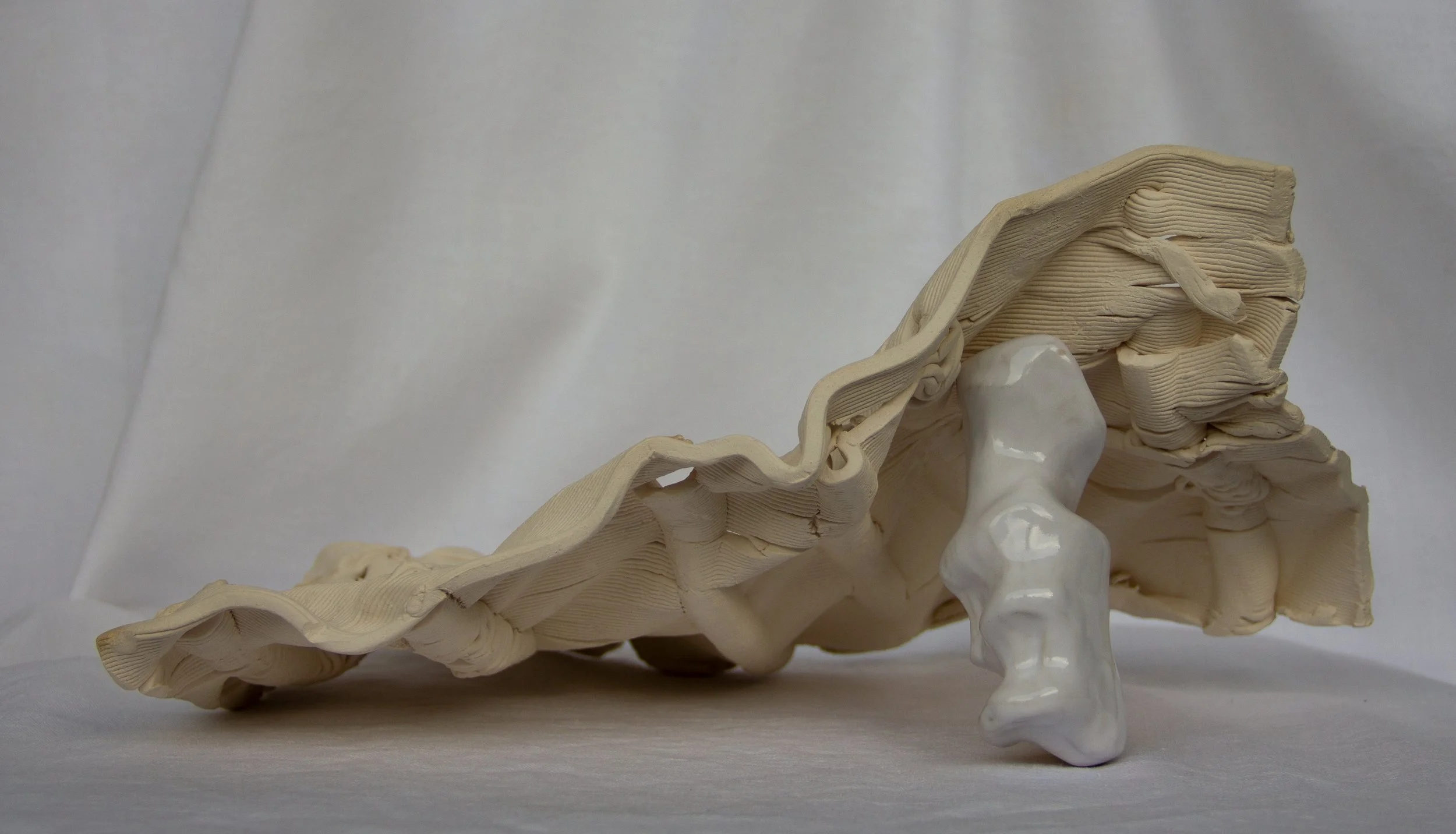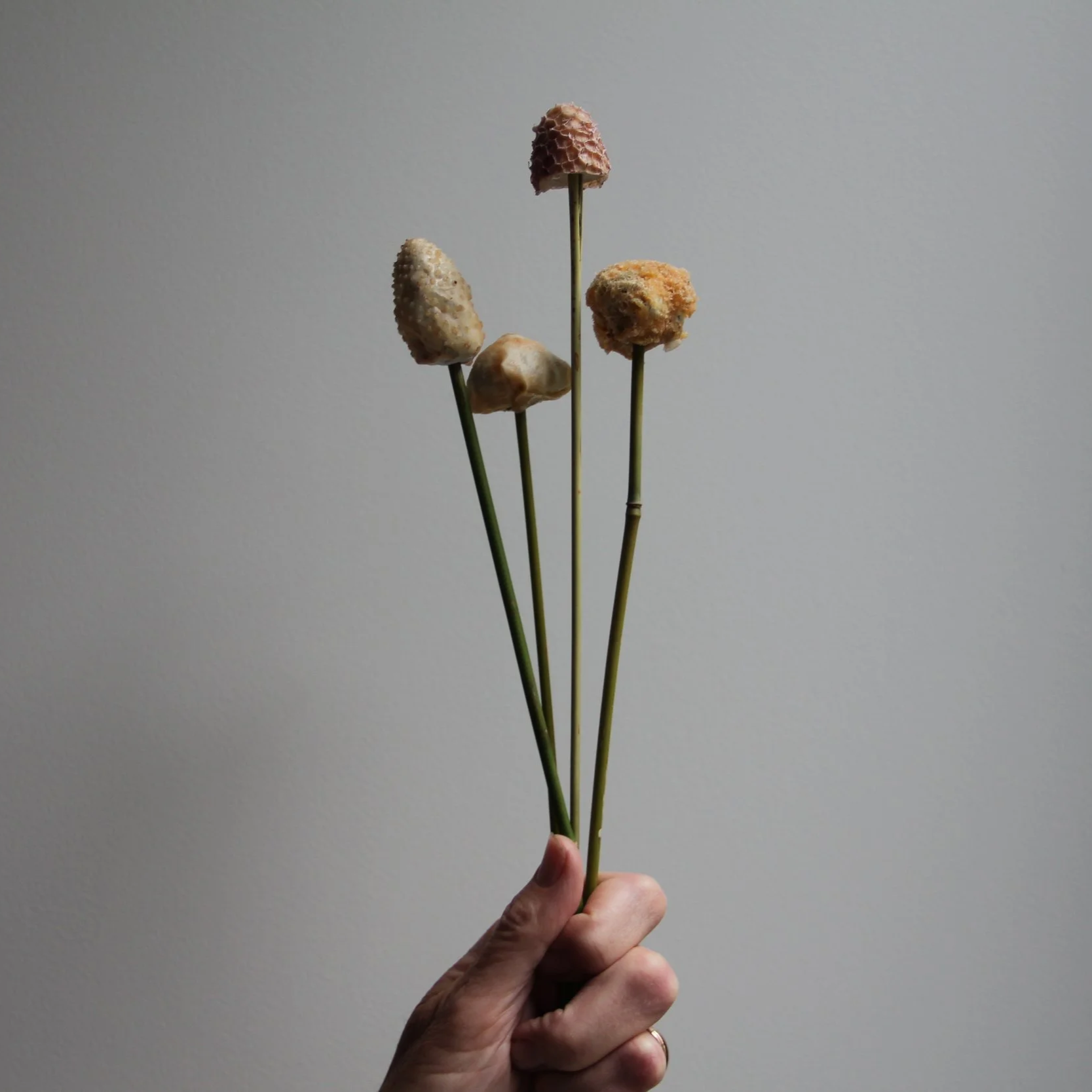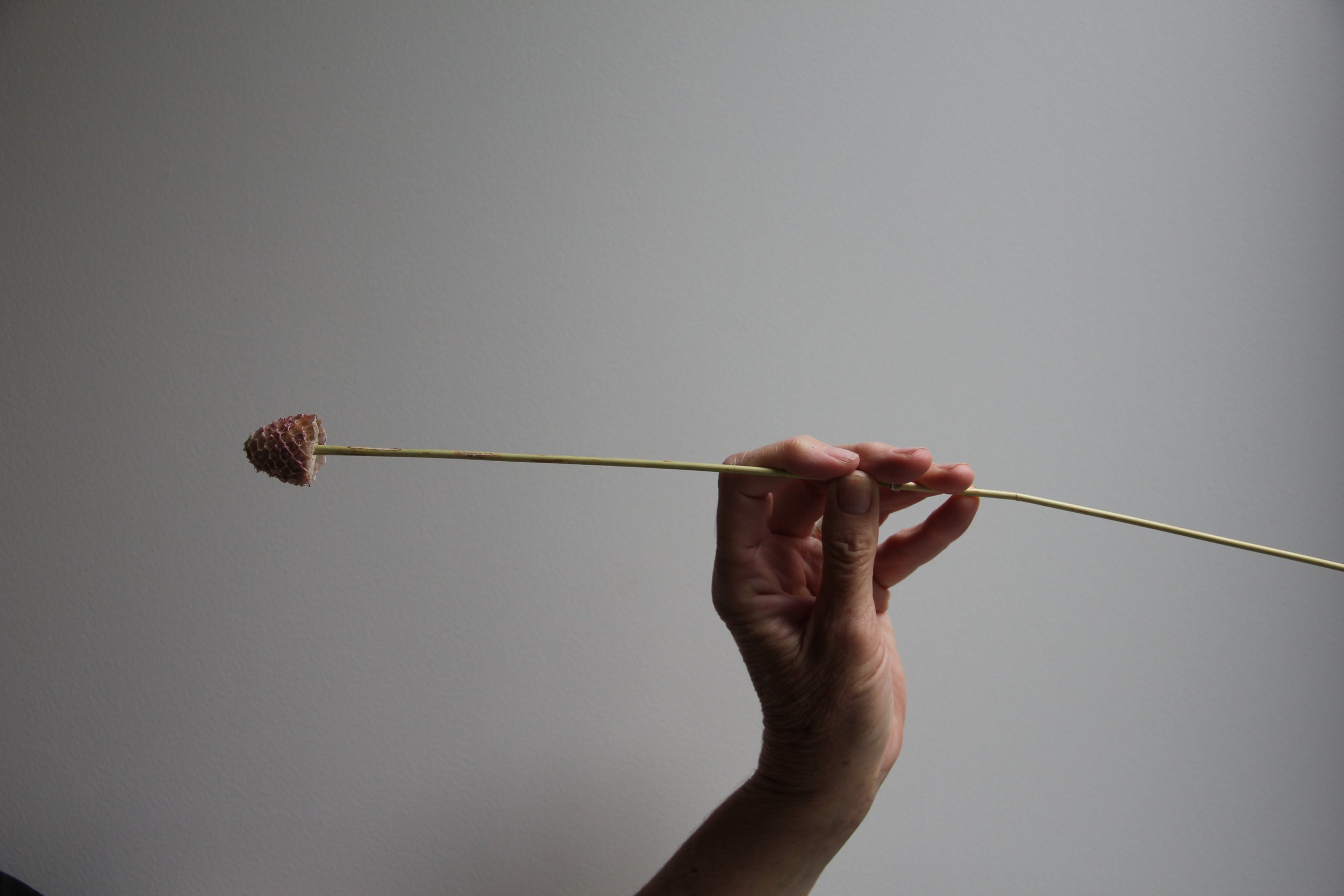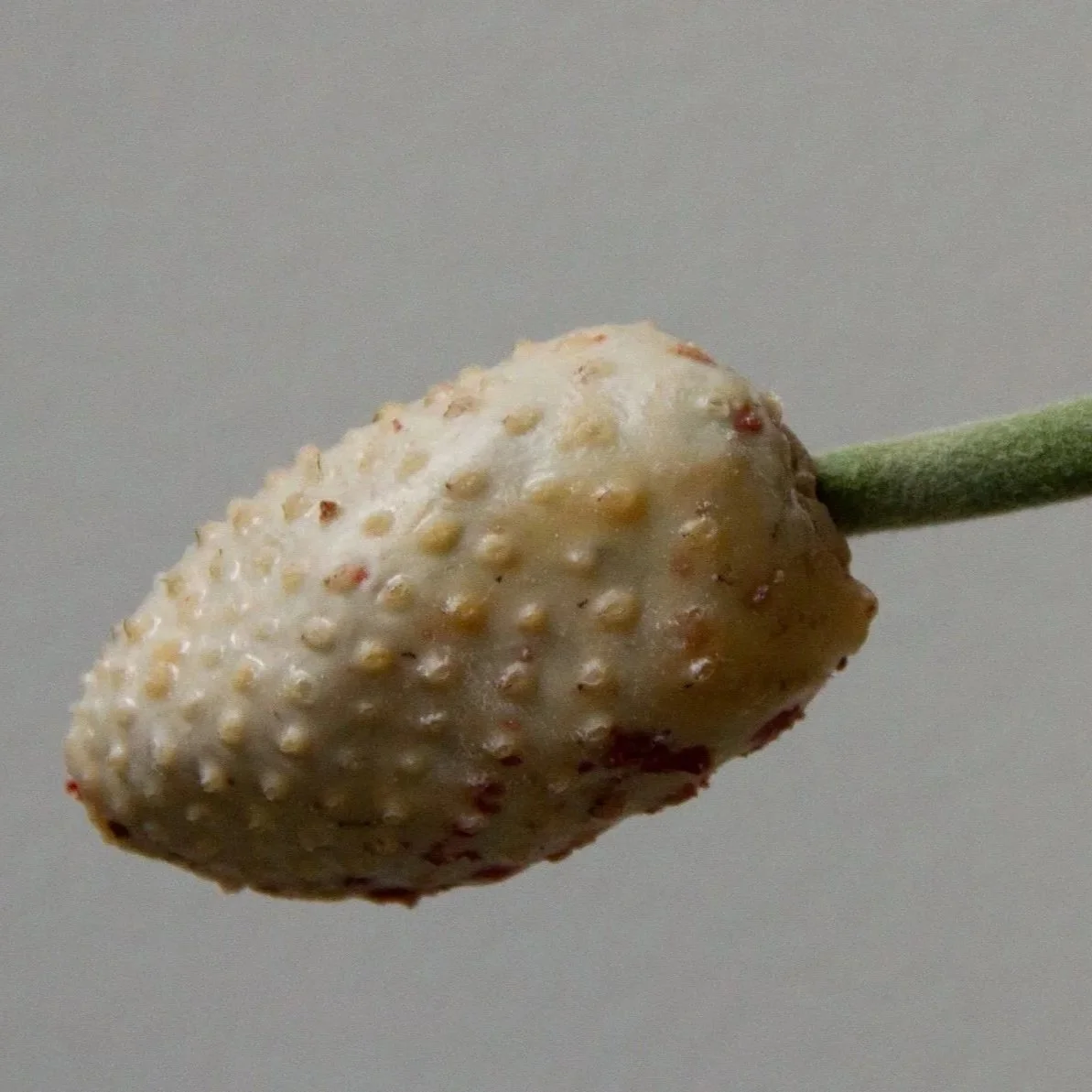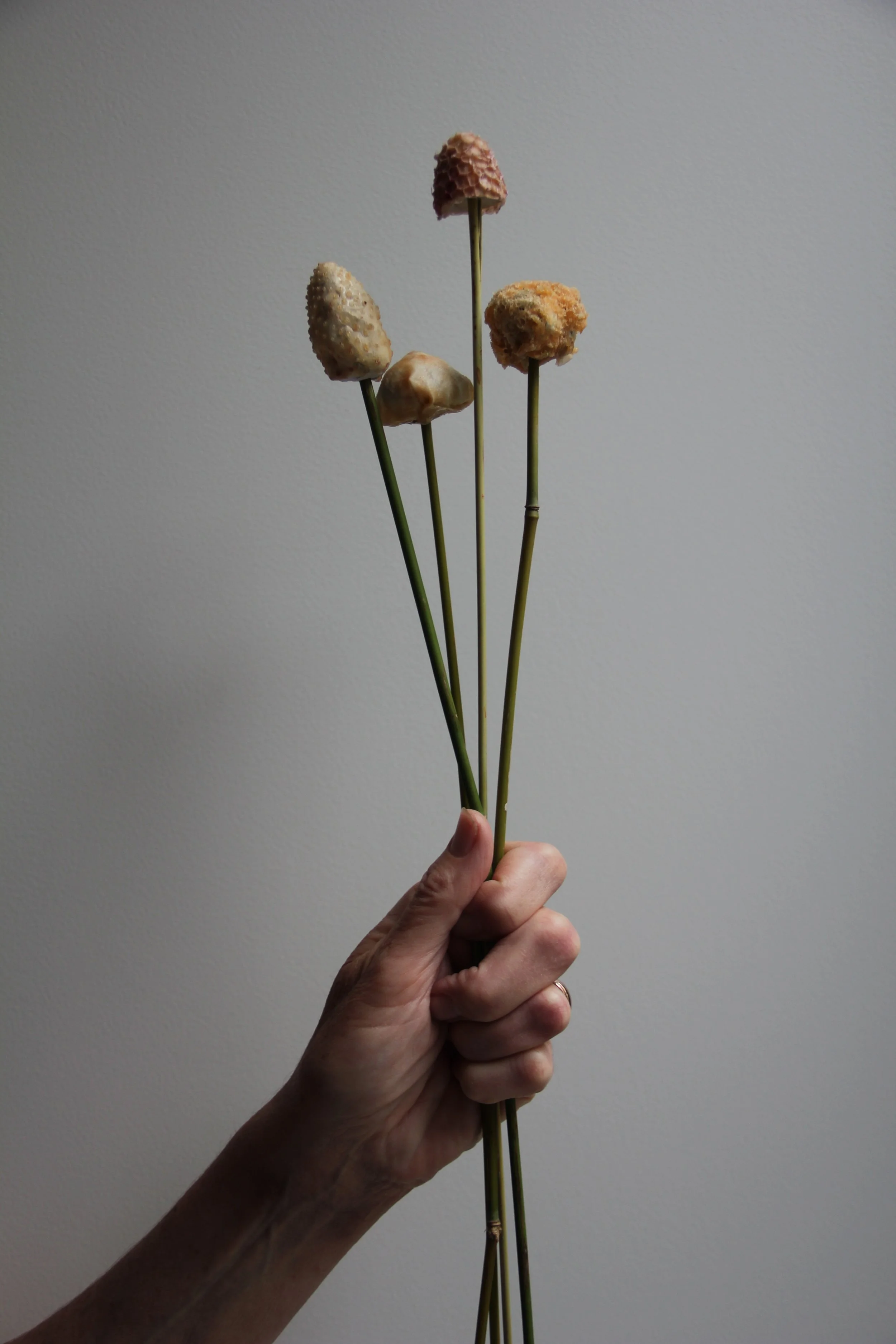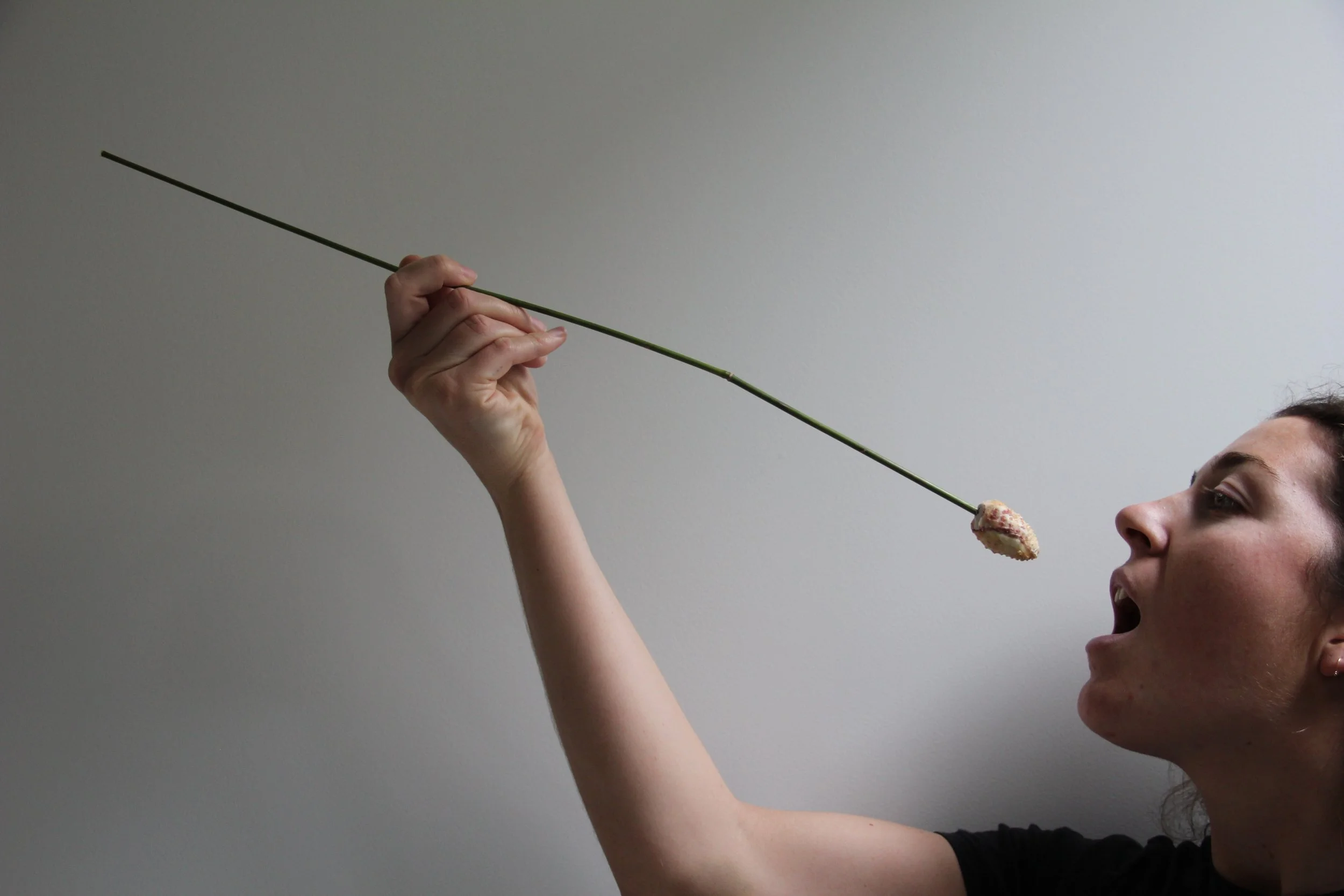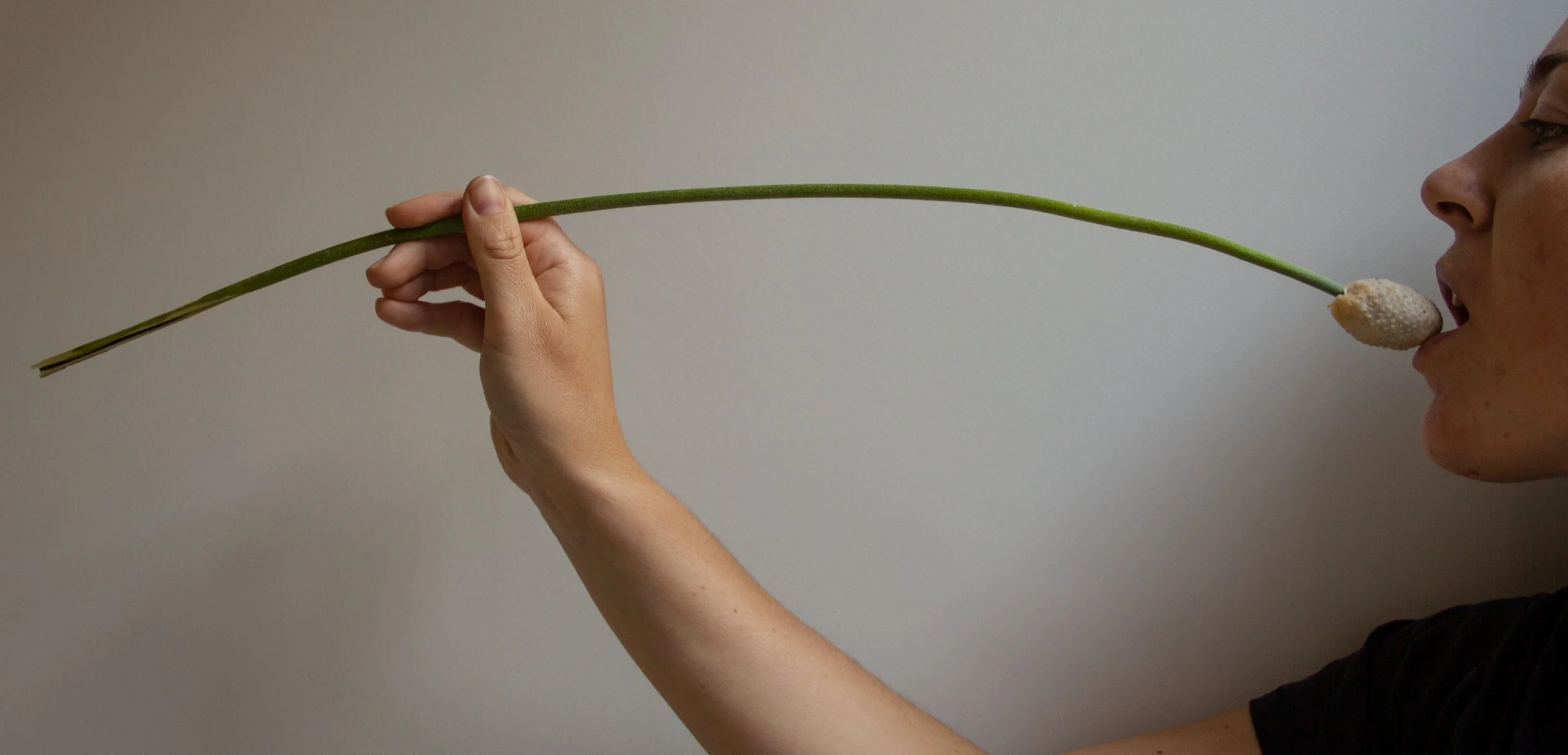Experimental design
These projects explore how everyday actions and experiences can be reimagined through material, process, and interaction. Focusing on gesture, touch, and shared rituals, they investigate the relationship between the machine-made and the hand-made, and how design can shape the way we connect with objects and with each other. The work draws on 3D clay printing, Rhino modelling, and casting techniques to test these ideas through both digital and physical methods of making.
Objects of Desire
Taste the Texture
Objects of Desire
A body of work exploring iterative forming through scale, touch and observation of movement and interaction with hand held objects and devices within the kitchen. Objects of Desire became a manipulation and inquiry into the machine-made verse hand-made objects. In this case 3D clay printing and traditional methods of clay making.
The research drew on precedents from artists like Bruce Nauman, Daniel Arsham, Gabriel Orozco, and Giuseppe Penone, each of whom uses repetition, gesture, or material experimentation in their work. Their influence encouraged me to treat my own process as both digital and physical: designing in Rhino, then manipulating prints by hand in the greenware stage. This balance between precision and improvisation became central to the project.
Across the series of prints, recurring motifs of twisting, pulling, and draping revealed how a simple gesture could generate many outcomes. Some experiments leaned into the “errors” or unexpected qualities of the 3D printer, while others foregrounded hand manipulation after printing. Orientation also became an important theme: by rotating or draping forms differently, I was able to change their presence and suggest new relationships between movement and object.
This project explored the idea of iteration through everyday gestures, translating small, familiar actions—such as twisting a jar lid or pushing down a toaster lever—into sculptural forms. Beginning with simple experiments in Rhino and clay printing, I was interested in how movements of the hand could be embodied in objects, and how the process of making itself could shift and reshape those ideas over time.
Taste the Texture
A set of textured spoons that have been designed to enhance the sense of touch and encourage sharing when eating. Taste the Texture is an inquiry into the way we eat and how sharing food with others becomes an intimate experience.
A ritual is a sequence of activities involving gestures, words, actions, or objects, performed in a sequestered place and according to a set of sequences. (Wikipedia.org)
BIOLOGY BEHIND SENSORY GUSTATORY EXPERIENCE
Assessing the impact of the tableware and other contextual variables on multi sensory flavour perception
Charles Spence, Vanessa Harrar & Betina Piqueras-Fiszman
Laughlin et al.[9] conducted what may well be the first published study to investigate whether spoons made from different metals have noticeably different tastes. They measured the metallic sensation (or taint) arising from spoons plated with seven different metals: Gold, silver, zinc, copper, tin, chrome and stainless steel. Importantly, all of the spoons were identical in terms of their shape, size, and weight, and the visual differences between the spoons were not apparent to the participants (who were blindfolded throughout the study). The results revealed that spoons plated with different metals tasted distinctly different. In particular, the gold and chrome spoons were rated the least metallic, least bitter, and least strong tasting of all the spoons. By contrast, the zinc and copper spoons were rated as having the strongest, most bitter, and most metallic taste, and were also the only spoons that were rated as tasting significantly less sweet.
Spence, C., Harrar, V. & Piqueras-Fiszman, B. Assessing the impact of the tableware and other contextual variables on multisensory flavour perception.
Flavour 1, 7 (2012). https://doi.org/10.1186/2044-7248-1-7 Accessed 19 October, 2020.

